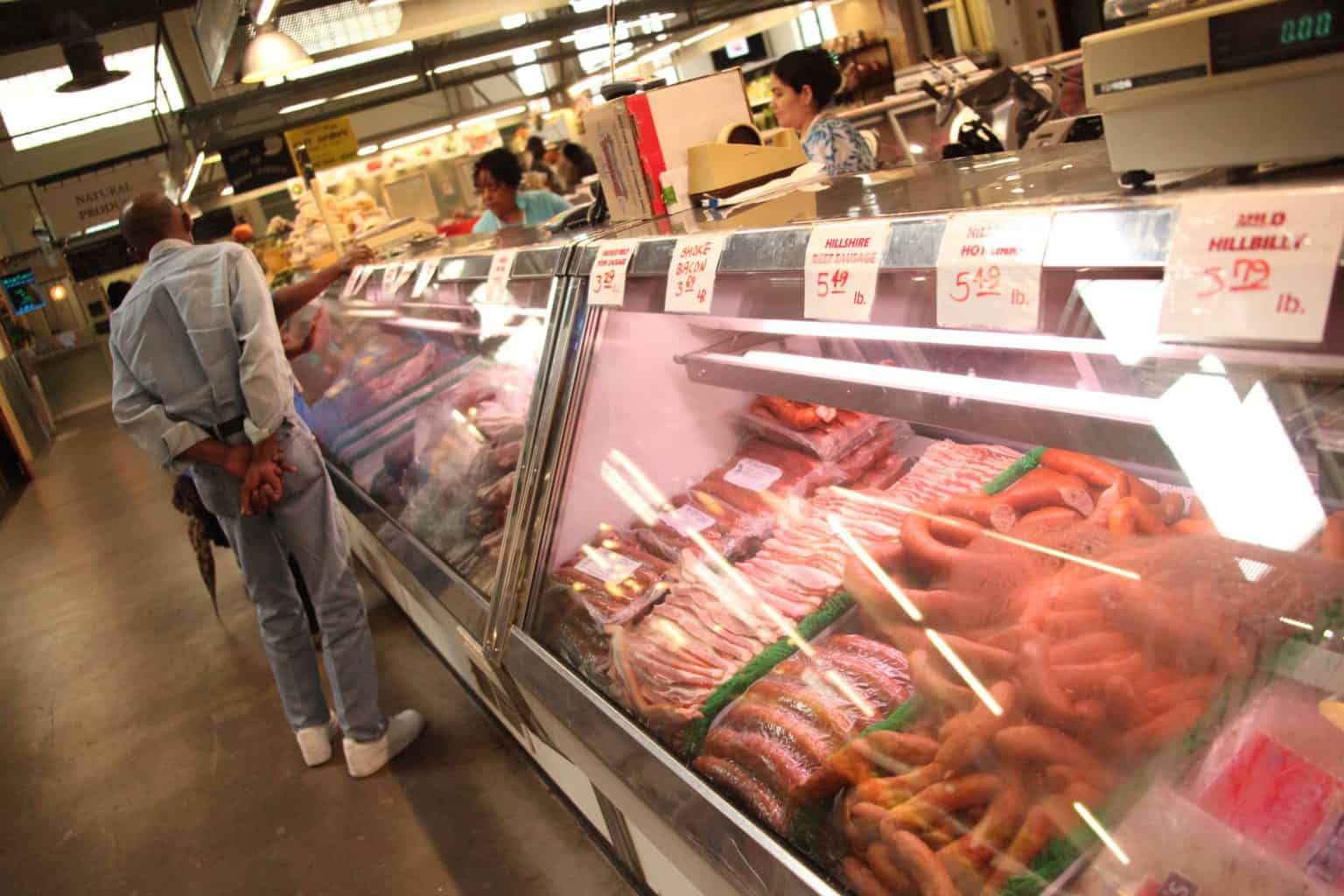This local meat market offers fresh, locally-sourced meats for all your needs.
This local meat market offers fresh, locally-sourced meats for all your needs.
Blog Article
Exactly How to Select the Perfect Cut of Meat From a Trusted Meat Market
Picking the ideal cut of meat from a trusted meat market calls for a thoughtful technique that stabilizes top quality, culinary function, and budget. Understanding the different sorts of meat and their particular cuts is crucial, as is involving with your butcher to obtain understandings into sourcing and prep work. Observing features such as color, texture, and marbling can further direct your choice. As you think about these aspects, it becomes clear that the nuances of your option could significantly affect the end result of your dish, prompting a much deeper exploration of the requirements that really issue.
Comprehending Meat Cuts


As an example, the tenderloin is valued for its buttery appearance and marginal connective tissue, making it perfect for fast cooking techniques such as grilling or pan-searing. In comparison, tougher cuts like the brisket or shank take advantage of slow food preparation strategies to break down collagen, generating abundant and tasty results.
Furthermore, the fat content of a cut plays a vital duty in taste profile and moisture retention during cooking. Cuts with greater fat content, such as ribeye, use a more durable flavor, while leaner alternatives, like sirloin, might call for mindful preparation to prevent dryness (bagley meat market edwardsville il). Recognizing these nuances enables for notified options that boost cooking creations, ensuring that each recipe showcases the ideal top qualities of the picked meat
Factors to Consider
When picking the best cut of meat, several essential elements enter play that can substantially affect the last recipe. Take into consideration the type of meat you want-- beef, pork, lamb, or chicken-- as each deals special tastes and appearances. The details cut within that classification is similarly crucial; for instance, ribeye delivers abundant marbling, while tenderloin supplies a lean, buttery structure.
An additional element is the cooking technique you plan to utilize. Cuts suitable for barbecuing, such as T-bones or sirloins, vary from those much better matched for slow-moving food preparation, like chuck roasts or shanks. In addition, freshness is critical; constantly choose meat with a vibrant color and company structure, signaling quality and proper handling.
Premium cuts might supply phenomenal preference, but there are additionally cost-efficient alternatives that, when prepared properly, can produce tasty results. Stabilizing these variables will aid you choose the ideal cut for your cooking demands.
Questions to Ask Your Butcher
A butcher's knowledge can be indispensable when choosing the ideal cut of meat for your cooking endeavors (bagley meat market edwardsville il). To optimize this source, consider asking in-depth inquiries that can guide your selections. Beginning by asking about the source of the meat. Understanding where it originates from can give insights right into its quality and flavor account.
Following, inquire about the various cuts available for the sort of meat you favor. An educated butcher will certainly explain the subtleties of each cut, helping you choose one that matches your cooking method and preferred outcome. Don't wait to make inquiries about the most effective food preparation techniques for a certain cut; butchers commonly have tips that can enhance your recipe.
It's also sensible to ask about the meat's quality. A great butcher will be anxious to share their expertise and suggest cuts that will thrill your taste buds. Engaging your butcher with these inquiries can substantially boost your meat selection experience.
Acknowledging Quality Meat

Structure is another critical aspect; top quality meat should feel strong and a little springy to the touch. Avoid any kind of cuts that feel find out here now slimed or excessively completely dry, as these can suggest perishing or inappropriate storage space. In addition, smell plays an essential role; fresh meat needs to have a tidy, neutral aroma, while any kind of repulsive or sour smells are warnings.
Lastly, consider the resource. Getting from a trustworthy meat market, where the meat's origin is recognized, can make sure higher quality standards. By concentrating on these indicators-- shade, marbling, texture, smell, and source-- you can with confidence select cuts that will certainly raise your food preparation and dining experience.
Food Preparation Techniques for each and every Cut
Selecting the ideal cooking approach is vital for taking full advantage of the taste and tenderness of each cut of meat. Various cuts possess one-of-a-kind features that determine the most appropriate food preparation strategies.
For tender cuts, such as filet mignon or ribeye, dry heat techniques like barbecuing, broiling, or pan-searing are optimal. On the other hand, harder cuts, such as chuck or brisket, advantage from wet warmth approaches, including braising or slow cooking.
Pork chops and poultry breasts are flexible and can be prepared using both completely dry and damp methods. While cooking or roasting can yield scrumptious outcomes, poaching or sautéing can preserve wetness and tenderness. For lamb, approaches like roasting or braising are suggested, as they complement the meat's robust taste.

Conclusion
In final thought, picking the perfect cut of meat from a reputable meat market demands a thorough understanding of meat cuts and consideration of various aspects, consisting of resource, quality, and cooking her latest blog methods. Engaging with the butcher via targeted inquiries can produce important insights and suggestions tailored to specific cooking needs. Prioritizing both top quality and budget will enhance the general gastronomic experience, guaranteeing that the picked cut fulfills assumptions in both taste and prep work.
Report this page